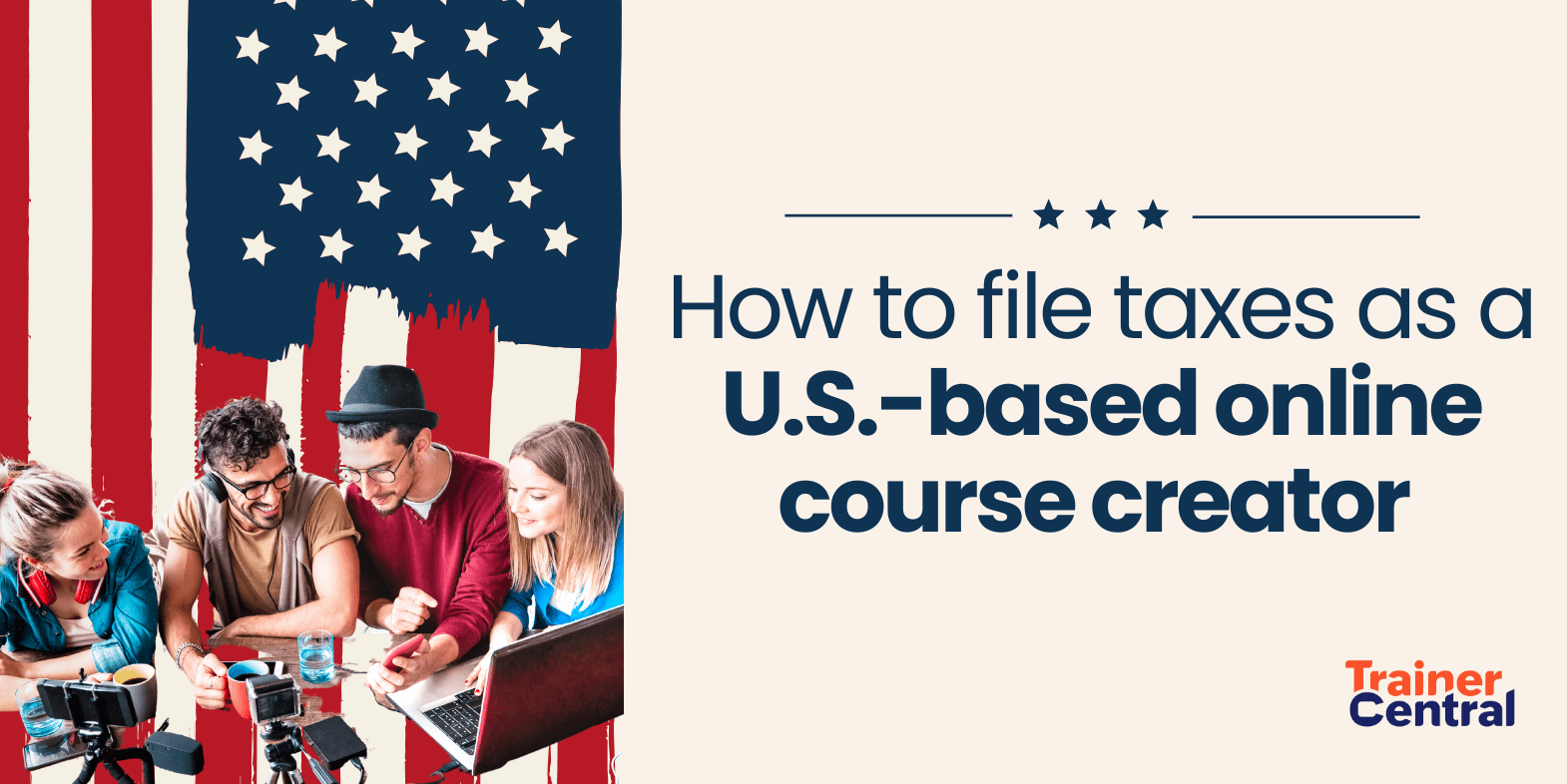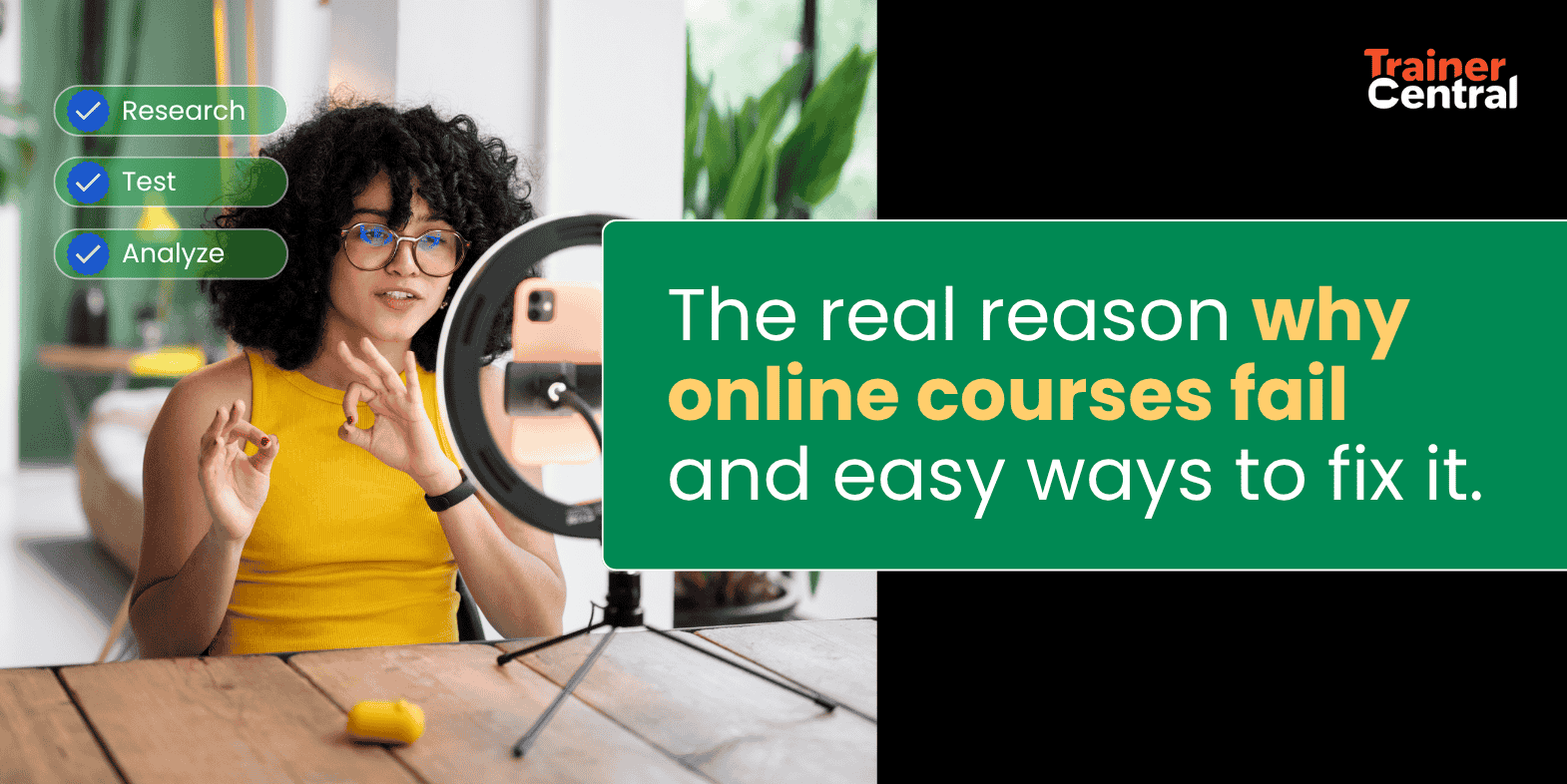- HOME
- Building a business
- The harsh reality of intellectual property theft in social media
The harsh reality of intellectual property theft in social media
- Last Updated : September 14, 2023
- 1.8K Views
- 4 Min Read

Intellectual property violations are quite rampant on social media. People unknowingly violate intellectual property laws without realizing the actual impact on the creator. It can be as simple as a post re-share, or sharing someone's work as their own and not giving them credit. While social media platforms possess advanced copyright detection systems to monitor content for potential copyright violations, the main issue lies in the way social media companies interpret and define what constitutes copyright infringement.
Upon conducting a thorough review of the privacy policies and terms of use documents presented by social media platforms, one can observe that the majority of these service providers disclaim any responsibility for intellectual property theft and maintain a certain level of ambiguity concerning this matter.
So, be smart about what you post on your social media channels and develop a system to track your content distribution and reach. If you find any discrepancies, file a claim as soon as possible and ensure such violators are penalized.

The increasing trend of copyright infringement is significantly impacting social media content creators in several ways:
Loss of revenue:
Content creators invest a lot of time and resources into producing original content such as articles, videos, music, and artwork. However, if their work is used without their permission or proper compensation, they can suffer financial losses. This can impact their ability to make a living from their work and can be especially harmful to those who rely on their creative output as their primary source of income.
Discouragement of creativity:
When content creators see their work being copied or used without proper attribution, it can discourage them from continuing to create new and innovative content. This can be detrimental not only to the content creator but also to consumers who rely on fresh and exciting content.
Difficulty in protecting their work:
In the absence of clear and strict copyright infringement rules, content creators may struggle to protect their work from unauthorized use. This can make it challenging to pursue legal action against infringers and can lead to a feeling of helplessness and frustration.
Risk of legal action:
Content creators who use copyrighted material without permission run the risk of facing legal action and having their work removed from social media platforms. This can damage their reputation and online presence, which can be detrimental to their ability to create and distribute content in the future.
Unfair competition:
Infringers who use copyrighted material without permission may gain an unfair advantage over content creators who play by the rules and obtain proper licenses and permissions. This can be discouraging for content creators who follow the rules and can lead to an uneven playing field.
It's important for social media platforms to implement and enforce clear rules and guidelines to protect intellectual property rights and foster a healthy creative community.

How do social media platforms detect copyright infringement?
Social media platforms like YouTube, Facebook, Instagram, and TikTok have implemented various measures to tackle copyright infringement on their platforms. Some of the copyright detection technologies they have put in place include:
A content ID system:
YouTube and Meta (parent company of Facebook and Instagram) have a content ID system that allows copyright owners to upload their content to a database. The system then scans videos uploaded to the platform for matches with the copyrighted content. If a match is identified, the content owner can choose to raise a copyright strike and block the video, receive monetary benefits, or track the viewership of the video and take legal action. This system has been in place for over a decade and has been instrumental in identifying and addressing copyright infringement on the platform.
Copyright detection technology:
TikTok uses a combination of technologies to detect copyright infringement. This includes audio fingerprinting and video recognition technology that can identify copyrighted content even if it's been modified or remixed. These technologies use algorithms to identify matches between the audio or video in a user-uploaded video or other copyrighted material. TikTok also uses a system that alerts users before they upload a video that contains copyrighted material, giving them a chance to edit or remove the content before uploading.
Takedown requests:
All three platforms have a system for copyright owners to submit takedown requests if they believe their copyrighted material has been used without permission. The platforms then review the request and remove the content if necessary. This process can take some time and, in some cases, content creators may need to escalate the issue to the platform's legal team to ensure that their copyrighted material is protected.
Copyright education:
Social media platforms have also implemented educational resources to help creators understand copyright laws and avoid infringing on others' rights. YouTube and TikTok have extensive resources available for content creators, including videos, articles, and FAQs. These resources explain how copyright works, how to obtain permission to use copyrighted material, and how to use content within the bounds of fair use.
Summing up
Overall, as a content creator, it's crucial to be aware of the impact of intellectual property violations on social media. It's essential to track your content distribution and reach and take action as soon as possible if you notice any discrepancies. By respecting the intellectual property rights of others and protecting your own work, you can create a more equitable and respectful online environment for content creators and users alike.


